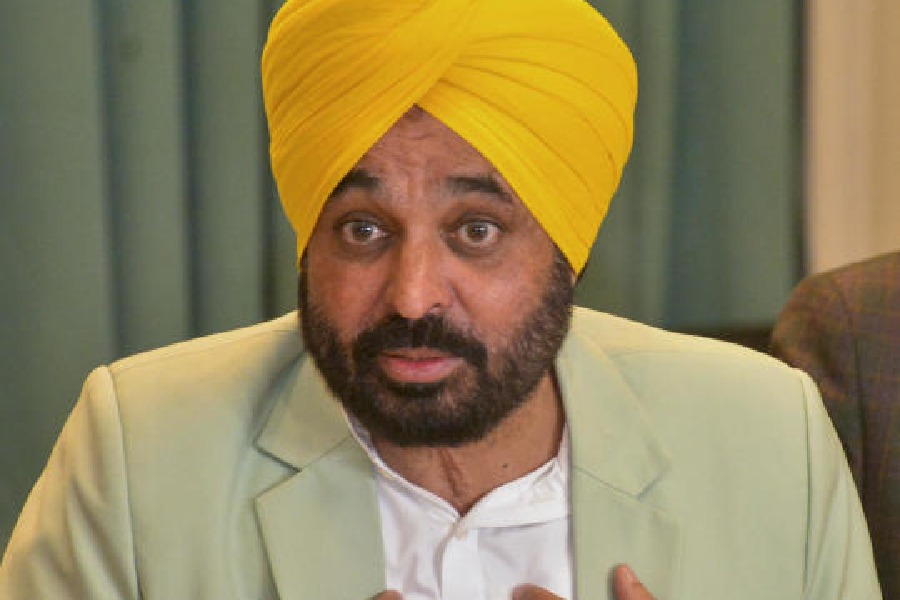Sir — It is true that technologically-advanced prosthetics have made it easier for amputees to get back to a ‘near-normal’ life. But can there be a singular definition of normalcy? Society’s notions of efficiency, ability and success sometimes contribute to the feeling of incompetence among amputees. This goes to show that technological advancements alone are not enough to improve quality of life for amputees. These should be accompanied by measures to redefine the set parameters of leading a normal life.
Aditya Kumar
Delhi
Overlooked facts
Sir — The article by Swapan Dasgupta on the contentious issues of the Citizenship (Amendment) Act and the National Register of Citizens is pedestrian (“Citizens not excluded”, Dec 26). Nobody is arguing against the extension of citizenship to deracinated people from the three neighbouring countries. The concerns about the two processes are based on other aspects of the CAA. First, why have immigrants from other neighbouring countries been left out of it? Further, why have all persecuted people, irrespective of their religion and the nature of persecution, not been included under the ambit of the act? It is also important to ask why the law limits citizenship to immigrants who arrived in the country till December 31, 2014. Moreover, should not the states that will be expected to host the newly minted citizens have a say in matters pertaining to granting them citizenship?
These are simple questions which should not have escaped the attention of any policymaker. Ignoring these only reveals the sinister intent behind the CAA. Dasgupta has failed to address these questions. Instead, he has been condescending towards the agitating students who are fighting to safeguard the basic features of the Indian Constitution such as the right to equality and freedom.
Farooque Shahab
Hyderabad
Sir — While trying to defend his political party, Swapan Dasgupta made an outrageous comment. According to him, those protesting against the CAA are fighting to integrate the legacy of the likes of Ghulam Sarwar, one of the primary rioters during the Noakhali riots. Clearly Dasgupta has forgotten that it is his party colleague, Pragya Singh Thakur, who leaves no opportunity to idolize Nathuram Godse, who is nothing short of a terrorist.
Further, Dasgupta must also keep in mind that the two-nation theory was formulated by V.D. Savarkar in the 1920s and was only later taken up by Mohammad Ali Jinnah. Is this not what led to the Partition, rendering millions homeless?
Indians should be grateful to leaders who rejected the theory in favour of a secular country. M.K. Gandhi and Jawaharlal Nehru were the cynosure of the world for their secular outlook. Should their legacy be thrown away in favour of Savarkar’s Hindutva, which has little understanding of Hinduism? The followers of the Rashtriya Swayamsevak Sangh have done enough damage; they should be prevented from making things worse. Sectarian politics, cow-vigilantism, discrimination against Muslims and building detention centres form a dangerous pattern reminiscent of a terrible epoch in history: fascism. One wishes highly educated journalists did not speak like Joseph Goebbels from Nazi Germany.
Arunava Choudhury
Calcutta
Sir — The article, “Citizens not excluded”, tries to divert attention from the fact that citizens have been excluded from the CAA by virtue of not being included in it. Students are, thus, not ‘misinformed’ in arguing that the CAA is capable of disenfranchising Muslims. They are the ones who will not be given fast-track citizenship if they fail to produce documentary evidence of the same.
By suggesting that students are being encouraged by their “activist teachers”, the article assumes that students are not capable of thinking for themselves. It also gives the false impression that there is a sectarian agenda behind their protests.
It may appear that the anti-CAA protests have an “ideological bias” whereas Anna Hazare’s anti-corruption movement did not. But unless the article explains how upholding the values enshrined in the Constitution can be ‘biased’, there is little point in dragging in ideologies. Political commentators must engage with such queries rather than dodging them to present half truths and lies.
Saraswati Dikshit
Calcutta











